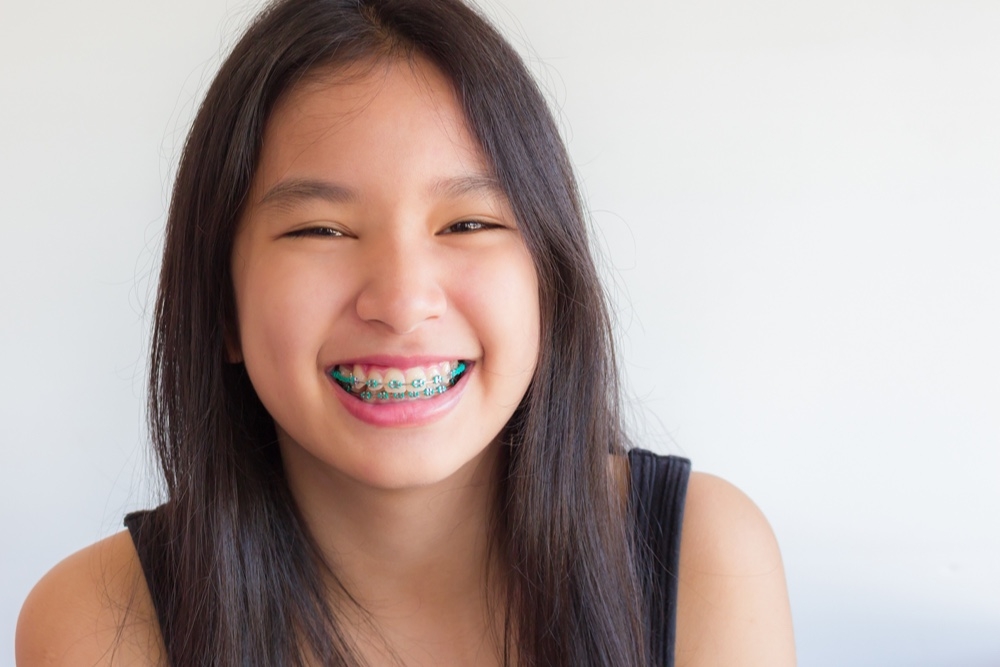Which Works Best?
In the realm of metal braces, conventional twin brackets have long served Orthodontists and patients well. Developments in dental adhesives in the 1970s propelled the advancement and use of conventional metal braces. This saw the demise of the ‘old school’ wrap around braces that had conjured up many nightmarish images in past generations.
At the same time modern metal braces were being developed and widely used, researchers were also making inroads into self-ligating mechanisms.
In conventional metal braces …
- The brackets are bonded onto the outer surface of the tooth and rely on a little elastic band called a module to hold the archwire into the brace.
- Together, the brace/module/archwire complex allows the moving of the tooth into a more desired position.
In self-ligating metal braces …
- There is no functional need for a module as the archwire is held into the brace with the addition of a metal clip or gate.
- The closing mechanism is either open or shut so it is very easy to ensure that the archwire is fully engaged.
The technological advancement in metal braces in recent decades has been very significant and we are able to offer slimline low-profile metal braces at Simply Orthodontics. Both conventional and self-ligating braces can be used to move teeth, and both types of metal braces can produce the desired outcome. When we are asked why we use the types of braces we use, the answer is that it comes down to the Orthodontist’s experience and preference, patient experience and oral hygiene.
The Damon Q self-ligating brackets that we utilise are slimline and low profile so patients find them fairly comfortable to wear after the necessary initial period of discomfort. Negating the use of modules (except for the sake of colours) also means that there is less material for plaque debris to potentially collect around. This in turn allows for better cleanability of the teeth and braces and better oral hygiene in general.
The care instructions that are provided by our staff after braces are fitted also extend to ensuring that the modules are held in place. Occasionally, a module can come off the bracket wings and, while easily solved, this may be problematic depending on the individual circumstances. With the self-ligating system, the gate holds shut until it is opened with a special manufacturer’s instrument. There is one less thing for the patient to be concerned about!
Dr Yap and Dr Skilton are proficient users of both conventional and self-ligating braces. Their orthodontic clinical experience also means that they are able to use these braces optimally to maximise your benefit and help you to achieve your healthy smile.
